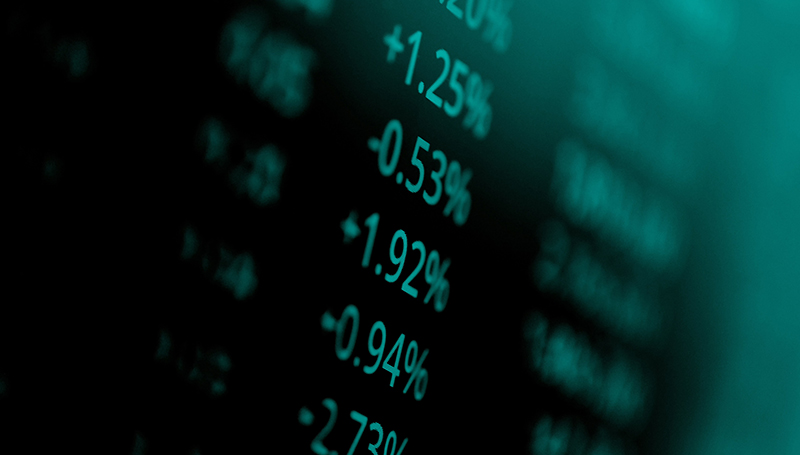
Gold 1680,31
|
EURUSD 1,1708
|
DJIA 32909,50
|
OIL.WTI 60,795
|
DAX 15008,50
|
|---|
We had not heard anything about this fund until a week ago, and neither had 99.9% of our subscribers. But now all traders and investors know about it. And on Monday, the US regulator (SEC) held an emergency meeting with representatives of leading US investment banks.
S&P 500

So what really happened? Archegos Capital Management is a family investment firm founded by former Tiger Management analyst Bill Hwang in 2013.
Before joining Archegos, Hwang founded the hedge fund Tiger Asia Management in New York. In 2012, Hwang pleaded guilty to insider trading in Chinese bank shares and agreed to a $44 million fine. The Securities and Exchange Commission in the US said he had used confidential information obtained in a private placement to short sell shares in three Chinese banks.
And this man was entrusted with billions of dollars that he invested in the stock markets through Archegos Capital Management. Not only that, the fund used a very aggressive policy, buying stocks with as much leverage as possible. And banks were happy to lend him this money despite the founder’s reputation.
But something went wrong. A fall in the value of a couple of stocks on which the fund was speculating had a domino effect. Suddenly it turned out that the fund’s net position had turned negative. The banks rushed to close out its positions on margin calls. As a result, some $20 billion worth of shares were traded on Friday, which severely depressed share prices. Which means that the fund took a huge loss that it will never be able to recoup. Who will pay for it? The US and European banks that lent to Archegos Capital Management.
How much are we talking about? There are figures of net losses ranging from 2 to 5 billion dollars. But no one knows for sure. Everyone is worried that there may be more stories about large hedge fund margin calls that took place on Friday.
Who was the beneficiary of what happened? Suddenly it turns out to be Bitcoin. Against a backdrop of falling stock and futures markets, the first cryptocurrency has rallied steadily upwards.
03.00 China Services Business Activity Index for March
11.00 EU Consumer Price Index for March
14.15 ADP US Employment Report March
Important Notes on This Publication:
The content of this publication is for general information purposes only. In this context, it is neither an individual investment recommendation or advice nor an offer to purchase or sell securities or other financial products. The content in question and all the information contained therein do not in any way replace individual investor- or investment-oriented advice. No reliable forecast or indication for the future is possible with respect to any presentation or information on the present or past performance of the relevant underlying assets. All information and data presented in this publication are based on reliable sources. However, Bernstein Bank does not guarantee that the information and data contained in this publication is up-to-date, correct and complete. Securities traded on the financial markets are subject to price fluctuations. A contract for difference (CFD) is also a financial instrument with leverage effect. Against this backdrop, CFD trading involves a high risk up to the point of total loss and may not be suitable for all investors. Therefore, make sure that you have fully understood all the correlating risks. If necessary, ask for independent advice.









